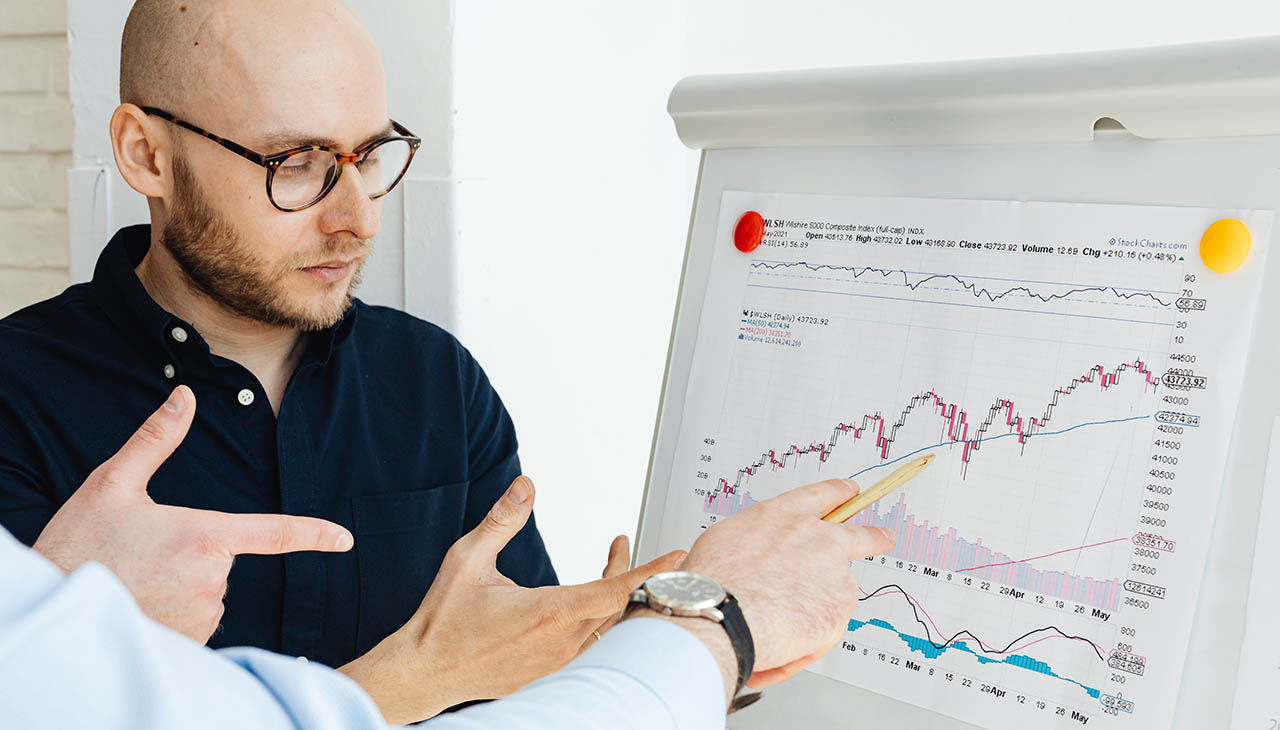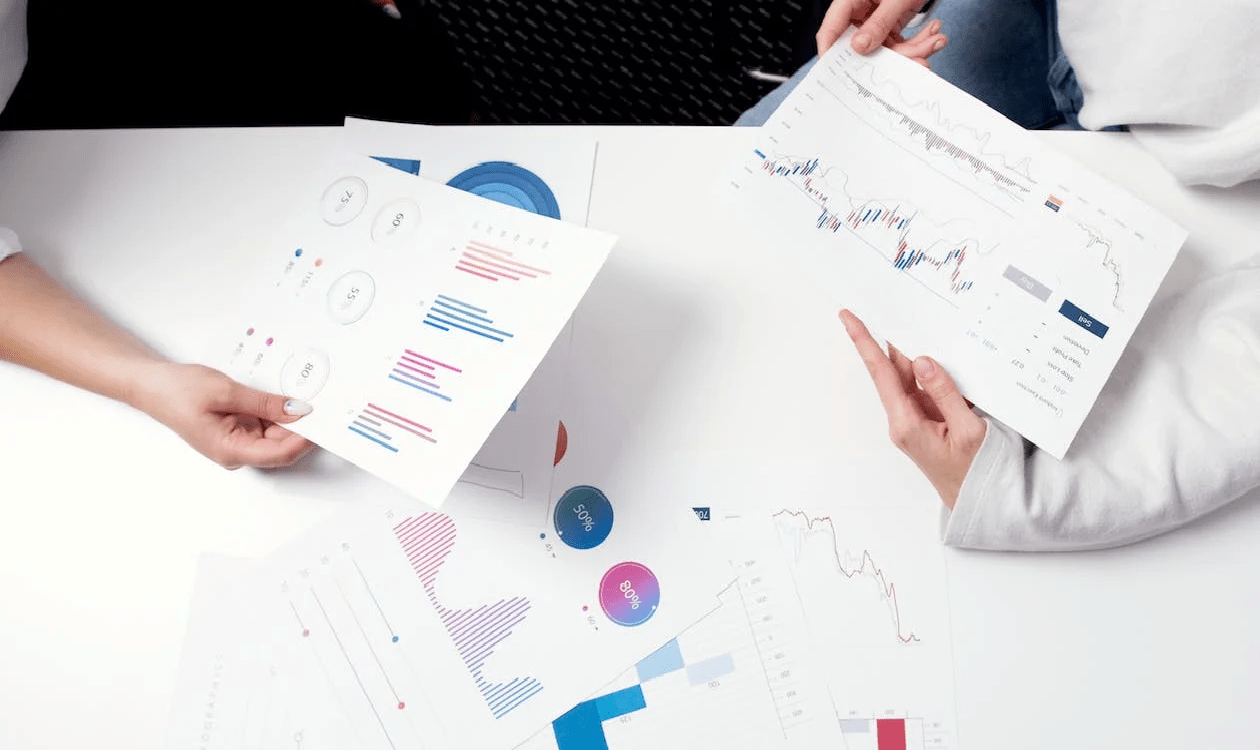Forex trading is a popular and exciting way to invest in the global currency market. However, success in Forex trading requires more than just luck or intuition. It requires a well-thought-out strategy and a carefully crafted arsenal of tools and techniques.
To achieve long-term success in Forex trading, traders need to understand and master fundamental and technical analysis, risk management, and algorithmic trading. In this guide, we will explore some effective strategies for building your Forex trading arsenal and maximizing profits. We’ll cover everything from analyzing economic data to using automated trading programs, so you can develop the skillset needed to succeed in Forex trading. So, let’s get started!
Fundamental Analysis
Fundamental analysis is a method of evaluating the intrinsic value of an asset by analyzing economic and financial factors that affect its supply and demand. In Forex trading, fundamental analysis helps traders make informed decisions by studying economic indicators and news events that affect currency values.
Some of the key economic indicators that Forex traders should monitor include:
- Gross Domestic Product (GDP): This measures the total value of goods and services produced by a country’s economy. It’s an important indicator of economic growth and can have a significant impact on currency values.
- Inflation: The rate at which prices for goods and services increase over time. Central banks closely monitor inflation when setting monetary policy, and changes in inflation rates can affect currency values.
- Interest rates: The cost of borrowing money. Central banks use interest rates to control inflation and stimulate economic growth, so changes in interest rates can have a significant impact on currency values.
- Employment data: Metrics such as unemployment rate, non-farm payrolls, and jobless claims can indicate the strength of an economy and affect currency values.
In addition to economic indicators, Forex traders should also pay attention to news events such as geopolitical tensions, central bank announcements, and natural disasters that can affect currency values.
By staying up-to-date with fundamental analysis, Forex traders can gain a deeper understanding of the market and make more informed trading decisions. However, it’s important to remember that fundamental analysis is just one part of a comprehensive Forex trading strategy, and should be combined with technical analysis, risk management, psychology, and discipline techniques to maximize profits.
Technical Analysis
Technical analysis is a method of evaluating the market by analyzing historical price and volume data. In Forex trading, technical analysis helps traders identify trends and patterns in currency values, which can help inform trading decisions.
Some of the most popular technical indicators used in Forex trading include:
- Moving averages: These indicators show the average price of a currency pair over a specified period. Traders use moving averages to identify trends and potential areas of support and resistance.
- Relative Strength Index (RSI): This oscillator indicator measures the strength of a currency pair’s price action by comparing the average gains and losses over a specified period.
- Fibonacci retracements: These indicators use horizontal lines to indicate areas of support and resistance, based on key Fibonacci ratios.
- Bollinger Bands: These indicators use two standard deviations to create upper and lower limits for a currency pair’s price action, indicating potential areas of support and resistance.
In addition to technical indicators, Forex traders also use charts to analyze price patterns, such as head and shoulders, double tops and bottoms, and triangles.
It’s important to note that while technical analysis can be a valuable tool for Forex traders, it’s not foolproof. Traders should always combine technical analysis with other elements of their trading strategy, such as fundamental analysis, risk management, psychology, and discipline techniques, to maximize profits and minimize losses.
Risk Management
Risk management is a critical element of any successful Forex trading strategy. It involves taking measures to minimize potential losses while maximizing profits. Here are some key risk management techniques that Forex traders should consider:
- Position sizing: This is the process of determining how much to invest in each trade based on your overall account size and risk tolerance. Generally, traders should not risk more than 1-2% of their total account balance on any single trade.
- Stop loss orders: These are automatic orders that close out a trade when a currency pair reaches a certain price level. Stop-loss orders can help traders limit their losses and avoid emotional decision-making.
- Take profit orders: These are automatic orders that close out a trade when a currency pair reaches a certain profit level. Taking profit orders can help traders lock in profits and avoid the temptation to hold onto a winning trade for too long.
- Diversification: Forex traders should consider diversifying their portfolios by investing in multiple currency pairs and other financial instruments. This can help spread risk and reduce the impact of any single loss.
- Risk-to-reward ratio: This is the ratio of potential reward to potential risk for a particular trade. A good risk-to-reward ratio is generally considered to be at least 1:2, meaning that the potential reward is at least twice the potential risk.
By implementing these risk management techniques, Forex traders can help minimize their potential losses and maximize their profits. However, it’s important to remember that there is always risk involved in Forex trading, and no strategy can guarantee profits. Traders should always be prepared to accept losses and adjust their strategy as needed.
Algorithmic Trading
Algorithmic trading is the use of computer programs to execute trades based on pre-defined rules and parameters. In Forex trading, algorithmic trading can be used to automate the process of analyzing market data and executing trades based on that analysis.
Some of the benefits of using algorithmic trading in Forex include:
- Speed: Computer algorithms can analyze and execute trades much faster than a human trader ever could, allowing for rapid response to changing market conditions and greater efficiency.
- Accuracy: Algorithms can analyze large amounts of data without bias or emotion, potentially leading to more accurate predictions and better trading decisions.
- Consistency: Algorithms can execute trades based on pre-defined rules and parameters, eliminating the potential for emotional decision-making or human error.
- Backtesting: Algorithms can be backtested on historical data to evaluate their effectiveness and refine their rules and parameters.
Some popular algorithmic trading strategies in Forex include:
- Trend following: This strategy involves identifying trends in currency values and opening positions in the direction of those trends.
- Mean reversion: This strategy involves identifying overbought or oversold conditions and opening positions in anticipation of price reversals.
- Arbitrage: This strategy involves exploiting price discrepancies across different markets or between different currency pairs, potentially leading to profits with minimal risk.
While algorithmic trading can be a powerful tool for Forex traders, it’s important to remember that it’s not a one-size-fits-all solution. Traders should carefully evaluate the risks and benefits of algorithmic trading and choose a strategy that aligns with their goals and risk tolerance. Additionally, traders should always monitor their algorithmic trading programs and be prepared to adjust their strategy as needed based on changing market conditions.



